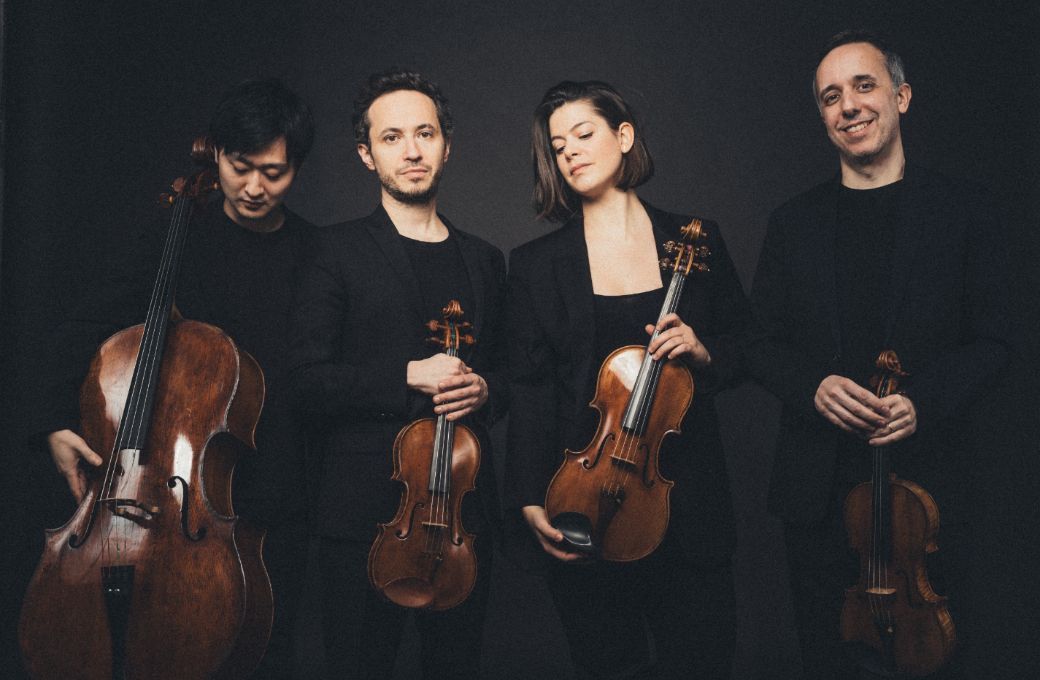As clear as glass, yet profoundly human, the Quatuor Ébène impressed from the start in the Concertgebouw’s Recital Hall, their sonority striking with an almost physical clarity. Opening Mozart’s String Quartet in D minor, they shaped the Allegro moderato with a subdued melancholy that grew out of stillness rather than agitation. Its poised tempo concealed a quiet anguish, music breathing in long phrases, touched by a pathos that unfolded with measured grace. Stormier emotional currents hinted at in the writing were rendered with brilliance and finely judged restraint. The movement unfolded with a careful balance of discipline and elegance, each phrase taut yet yielding, as if music itself breathed with measured intent.

In the Andante, the Ébènes drew out a subtle tension between restraint and tenderness, evoking a quiet grief that felt intimate rather than declamatory, each note lingering in the air with delicate resonance. Nimble and spirited, the finale revealed an extraordinary sense of mutual understanding within the ensemble, each gesture anticipating the next with intuitive precision. Pierre Colombet’s violin projected a sunlit brilliance that wove seamlessly with Yuya Okamoto’s warm, burnished cello, creating a dialogue of shared expression. The music breathed with a living, coherent energy, showcasing Quatuor Ébène’s deep complicity and refined ensemble language.
Debussy’s String Quartet in G minor unveiled a more fluid world. Here the quartet turned colour into architecture: shimmering tremolos of the first violin hovered in the air like mist, while inner voices breathed subtle harmonies beneath. Okamoto’s cello brought velvet weight to the sonorities, giving his lower register a sensual gravity. During the second movement, mastery of silence and dynamic control created an intimate tension, as though every pause carried its own harmonic charge. The Scherzo dazzled with mercurial precision and the finale, supple and glowing, showed their ability to make Debussy’s impressionism feel both spontaneous and sculpted.
Brahms’ String Quartet no. 2 in A minor closed the evening with gravitas. Shaping dense counterpoint, the players imbued Brahms’ writing with luminous clarity. The Allegro non troppo opening unfolded with breadth and calm strength; the Andante breathed naturally, phrases long and vocal; the Scherzo brought an earthy rhythmic vitality that led to a finale both muscular and elegant. The balance between power and transparency was remarkable, the sound neither heavy nor over-saturated, but alive, breathing.
What set this performance apart was not only the Ébènes’ technical mastery, but the rare ability to make perfection sound spontaneous. It was a recital that redefined clarity: sound as light, control as emotion. Experiencing live performances by chamber ensembles such as Quatuor Ébène is not only a pleasure, but a privilege.


